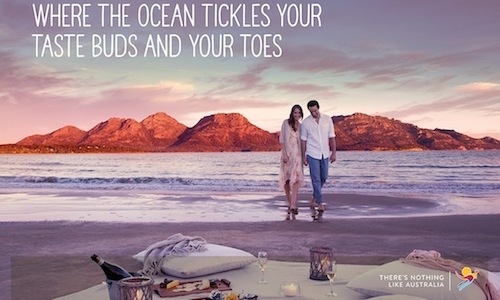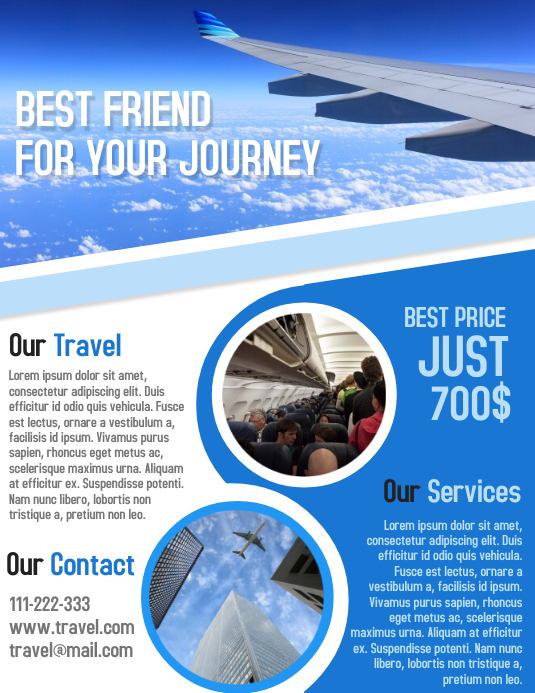When it comes to promoting travel and tourism, the headline of your advertisement is the first impression you make on potential travelers. Crafting the perfect headline is a blend of creativity and strategy. Having spent years exploring various destinations and marketing strategies, I’ve learned that the right words can inspire wanderlust and ignite a desire to explore the world. In this article, we will explore how to create effective travel and tourism advertisement headlines, including personal experiences, tips, and examples.
Understanding the Importance of Headlines in Travel Advertising
A captivating headline can make or break your advertisement. It is essential to grab the reader’s attention instantly, especially in an industry as competitive as travel and tourism. In my experience, a well-structured headline not only informs but also evokes emotions and curiosity.
Why Are Headlines Crucial?
- First Impression: The headline is often the first thing your audience sees, making it vital for creating a strong initial impact.
- SEO Benefits: Incorporating relevant keywords can boost your advertisement’s visibility on search engines, bringing organic traffic.
- Emotional Connection: Good headlines tap into the reader’s emotions, making them more likely to engage with the content.
- Shareability: Catchy headlines are more likely to be shared on social media platforms, enhancing brand reach.

Key Elements of Effective Travel Headlines
Crafting an effective headline involves several key elements. Let’s breakdown each of them:
1. Use Strong Action Words
Action words create a sense of urgency and excitement. Instead of saying “Visit Paris,” you could say “Discover the Magic of Paris Today!”
2. Incorporate Numbers
Headlines with numbers tend to grab attention. For example, “Top 10 Destinations to Visit in 2024” or “5 Hidden Gems in Italy You Can’t Miss.”

3. Create a Sense of Urgency
The fear of missing out (FOMO) can drive people to act quickly. Phrases like “Limited Time Offer” or “Book Now and Save!” can motivate potential travelers.
4. Highlight Benefits
Clearly articulate what travelers will gain from your offering. For example, “Experience Luxury at Unbeatable Prices” communicates the value effectively.

5. Use Relatable Language
Speak directly to your audience using language that resonates with their experiences and desires. For example, “Escape the Ordinary: Your Dream Vacation Awaits.”
Personal Travel Experiences to Inspire Your Headlines

Over the years, I have traveled to numerous locations, each offering unique experiences that inspired me to think creatively about headlines. Here are some examples:
Destination: Bali, Indonesia
When I visited Bali, the lush landscapes and vibrant culture inspired me to create a headline like “Unleash Your Spirit in the Tropical Paradise of Bali.” This headline not only highlights the beauty of the location but also encourages the reader to connect with their adventurous spirit.
Experience Highlights:
- Visit iconic temples like Uluwatu.
- Relax on stunning beaches with crystal-clear waters.
- Indulge in delicious local cuisine.
Destination: Kyoto, Japan
My journey through Kyoto was filled with tranquility and historical significance. A befitting headline could be “Step Back in Time: Explore the Serene Beauty of Kyoto.” This headline invites readers to experience the history and calmness of the city.
Experience Highlights:
- Experience the cherry blossoms in full bloom.
- Visit historic sites like Kinkaku-ji (Golden Pavilion).
- Experience traditional tea ceremonies.
Comparison Table: Effective Headline Strategies
| Headline Strategy | Pros | Cons |
|---|---|---|
| Action Words | Creates urgency, Instills excitement | Can feel overly aggressive if misused |
| Numbers | Clear and easy to digest information | May not fit all topics |
| Senses of Urgency | Encourages immediate action | May seem disingenuous if overused |
| Benefits Highlight | Clear value proposition | May not grab attention if too vague |
| Relatable Language | Builds emotional connection | Can feel less professional if too casual |
Tips for Crafting Winning Travel Headlines
1. Know Your Audience
Understanding who your target audience is crucial for crafting effective headlines. Are they luxury travelers, adventure seekers, or family vacationers? Tailor your language and message accordingly.
2. Test Multiple Headlines
Sometimes what you think is catchy may not resonate with your audience. Don’t hesitate to A/B test different headlines to find the most effective one.
3. Keep It Short and Sweet
Aim for a headline that is concise and to the point while still being descriptive. Generally, headlines around 6-10 words perform best in digital marketing.
4. Stay Authentic
Ensure your headline accurately reflects the content of your advertisement. Misleading headlines might grab initial attention but can harm your brand’s credibility in the long run.
Destination Highlights: Top Travel Spots for 2024
1. Iceland
Known for its stunning landscapes, hot springs, and Northern Lights, Iceland is a must-visit destination. A potential headline could be “Experience the Wonders of Iceland: Adventure Awaits!”
2. Italy
With its rich history, art, and culinary delights, Italy always ranks high on travelers’ lists. Consider a headline like “Taste the Old World Charm in Italy’s Culinary Delights.”
3. Thailand
Famous for its beautiful beaches, vibrant markets, and hospitable locals, Thailand offers a diverse range of experiences. A catchy headline might be “Discover the Land of Smiles: Explore Vibrant Thailand!”
Pros and Cons of Traditional vs. Digital Advertising in Travel
Traditional Advertising
- Pros: Wide reach through print and TV, can target older demographics.
- Cons: More expensive, not as easily measurable, often less engaging.
Digital Advertising
- Pros: Cost-effective, measurable, allows for targeting specific audiences.
- Cons: Can be overwhelming due to information overload, requires constant updates.
Frequently Asked Questions (FAQs)
1. What are the best practices for travel advertisement headlines?
Best practices include using strong action words, incorporating numbers, creating urgency, highlighting benefits, and using relatable language to connect with your audience.
2. How do I optimize my travel advertisement headlines for SEO?
To optimize for SEO, include relevant keywords, keep headlines clear and concise, and align the headlines with the content of your advertisement for better ranking.
3. Can I use humor in my travel headlines?
Yes! Humor can be an effective way to engage your audience and make your advertisement memorable, as long as it aligns with your brand’s voice and target audience.
4. How long should my headlines be?
Generally, headlines should be around 6-10 words long, as this length tends to perform best in terms of engagement and readability.
5. Should I include location names in my travel headlines?
Including location names can make your headline more specific and targeted, which helps in attracting the attention of users interested in that particular destination.
Conclusion
Crafting effective travel and tourism advertisement headlines is essential in capturing attention and driving engagement. By focusing on strong action words, numbers, urgency, and emotional resonance, you can create compelling headlines that inspire travelers to explore the world. Remember that your personal experiences and unique perspectives can add authenticity to your marketing efforts. Whether you’re promoting a luxurious getaway, an adventurous trek, or a cultural immersion, the right headline can set the stage for a memorable journey. Happy travels and happy advertising!